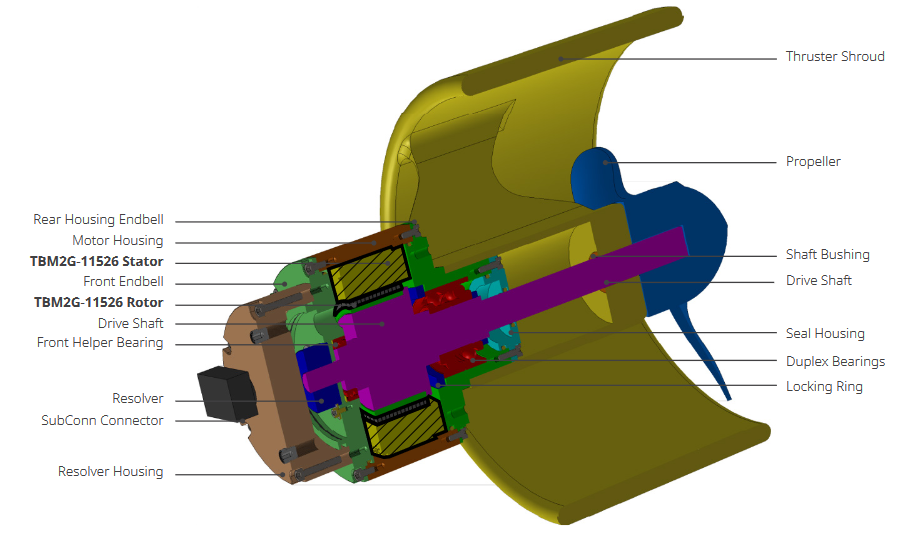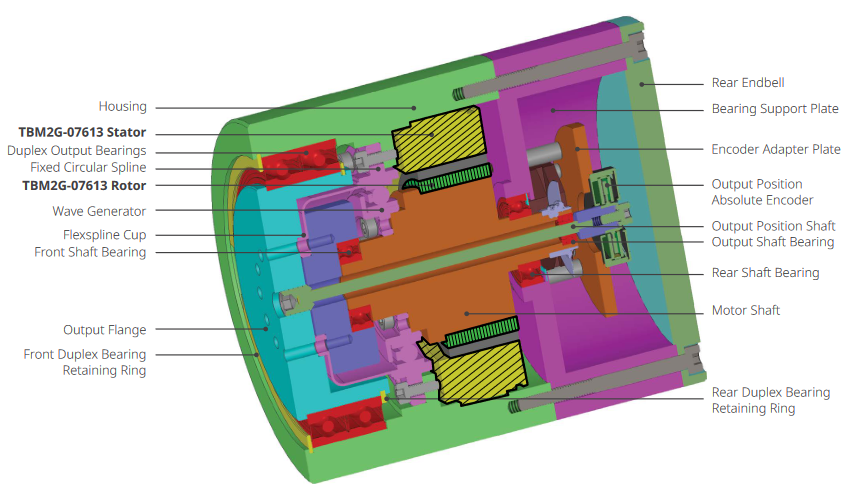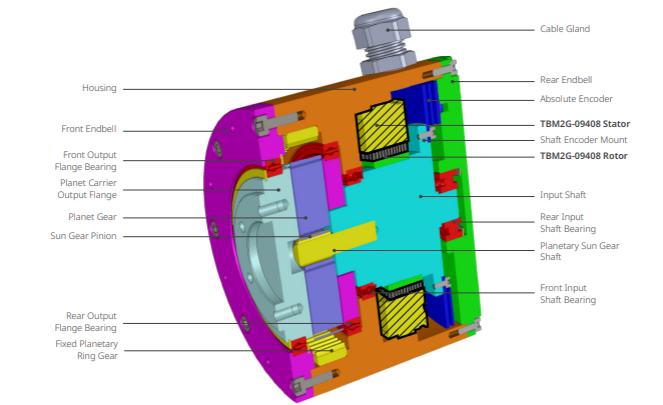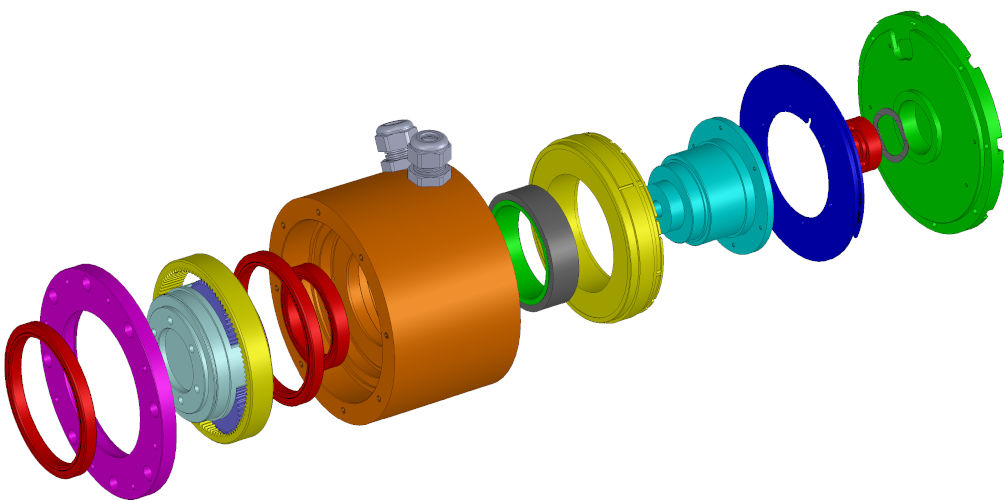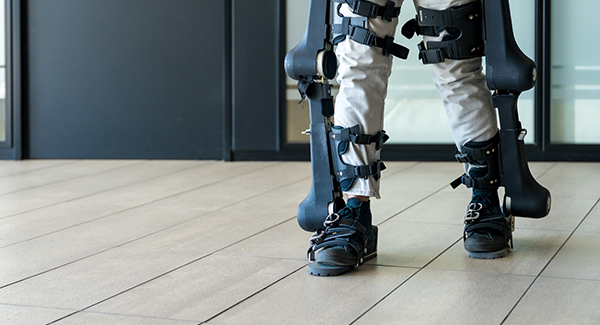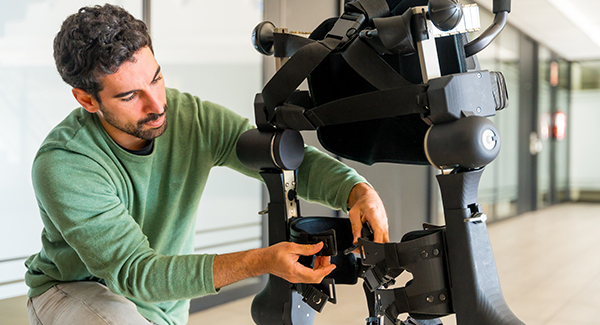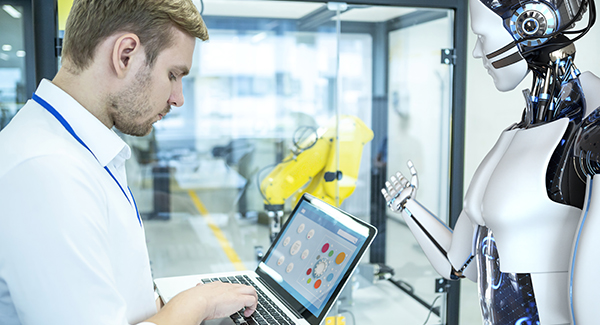
In the ever-changing field of robotics and wearable technology, exoskeletons hold growing promise in several applications — revolutionizing human mobility and performance. The technology is most common today in selective physical rehab applications; but eventually, it could become ubiquitous in at-home-care and assisted-living environments — allowing users to maintain mobility and freedom for longer without as much dependence on human caretakers.
The possibilities are inspiring, but making them a reality can be challenging for exoskeleton designers. Becoming successful at scale requires highly optimized components and experienced design partners who are intimately familiar with the challenges at hand.
Navigating Exoskeleton Design Challenges
Exoskeletons present a formidable engineering challenge, necessitating designs that are both lightweight and powerful; compact yet comfortable for the user. All this before designers even think about creating designs that scale and adjust for varying application requirements and human weight and size differences.
Regardless of the application, motion design and motor selection are make-or-break steps in the engineering process. How can these choices help (or hinder) the ultimate performance, which must mimic the complex mechanics of the human body? Let’s take a look at key considerations and insights.
Motion Design and Motor Selection for Exoskeletons
Central to overcoming the challenges in exoskeleton development is motor integration. Frameless motors, celebrated for their high torque density and compact size, emerge as preferred choices for this intricate equipment. However, seamlessly incorporating them into the exoskeleton framework, while ensuring flawless, efficient operation, remains a complex and iterative undertaking.
The first step in the process is to understand the load and dynamics of the required motion, and the rate at which these transitions have to occur. With these speed and torque requirements in hand, you can choose gearing. The gearbox choice will influence motor selection and integration. Unfortunately, this is where design challenges often arise.
Once the components are chosen and integrated, testing and validation may reveal performance issues — which force designers back to the start. The gearbox and motor combination on a knee joint, for example, might weigh more than previously expected, requiring designers to bolster hip joint specifications. This, in turn, can affect overall weight, operating temperatures and more in ways that render the exoskeleton design inviable.
Iteration is inevitable in any mechanical engineering process, but designers can take a few steps to ensure easier integration and less re-work.
1) Choose a Compact Motor Design-Optimized for Harmonic-Drive-Type Gearing
Harmonic gearing is a popular choice in exoskeleton design because it enables light, compact joints with zero backlash. To fully benefit from these advantages, designers must choose a motor that is optimized for this type of gearing.
Kollmorgen TBM2G frameless motors are sized to work directly with Harmonic-Drive-style gearing—delivering the compact, short-form and lightweight joints required to make exoskeleton designs viable. Purposefully crafted for humanoid robots and exoskeletons, the TBM2G family features seven diameters ranging from 50 mm to 115 mm, three stack lengths and multiple windings — for an impressive 63 possible catalog-standard motor combinations.
2) Choose High-Performing, Torque-Dense Motors
In addition to being optimized for gearing and available in a range of compact sizes, make sure the motor you choose is more torque-dense than competitors. At first glance, a more torque-dense motor enables the acceleration bursts required in exoskeleton design (to help an otherwise immobile user pick up and move a leg forward, for instance). But going deeper, a higher-performing motor can help simplify the design process and even result in a more commercially viable design.
Take the previous example of the rework required if a knee joint becomes too heavy for the rest of the design to sustain; a more torque-dense motor — in more available sizes — might better accommodate increased demand, without the need for designers to start from scratch on gearbox or motor design. Higher-performing motors offer greater forgiveness and flexibility in the face of variations in other component specifications and performance.
The incredibly torque-dense TBM2G motors excel here. Normally, if designers max out torque in one exoskeleton system and must move to a higher gear ratio, they’re forced to sacrifice speed. Not so with the TBM2G motor. It delivers substantially higher performance at higher speeds so designers don’t have to compromise.
This high-torque-at-high-speed capability also allows for smaller gearbox options. Because gearboxes are often one of the heavier and more expensive components in exoskeleton and robotic design, this is a crucial benefit. Last but certainly not least, this exceptional performance comes at low operating temperatures — a critical element of viable exoskeleton use since they come in such close contact with their human users.
3) Choose an Expert Partner
When it comes to emerging and fast-evolving segments like the exoskeleton market, it pays to have the most experienced and capable partner. Kollmorgen is a longtime leader in motion control and a pioneering force in exoskeleton motion design. We focus on motor design that elevates the standard of exoskeleton design and truly enables scalability and commercialization.
Beyond the products themselves, our application experts can help guide your design planning from the start — with hands-on selection guidance for all components, integration support, troubleshooting and ongoing design optimization.
As designers grapple with the complexities of exoskeleton development, ensuring motor compliance is a crucial sticking point. Contact us to learn more about how Kollmorgen is driving innovation in this transformative field — and how we can help with your next design.







